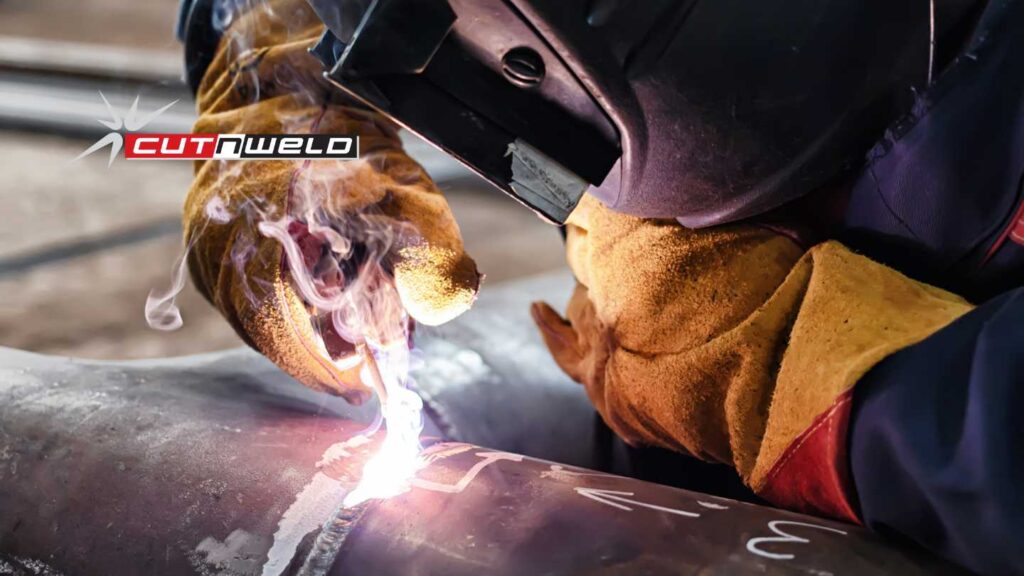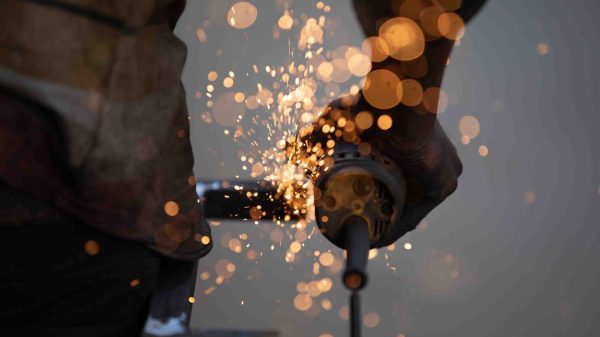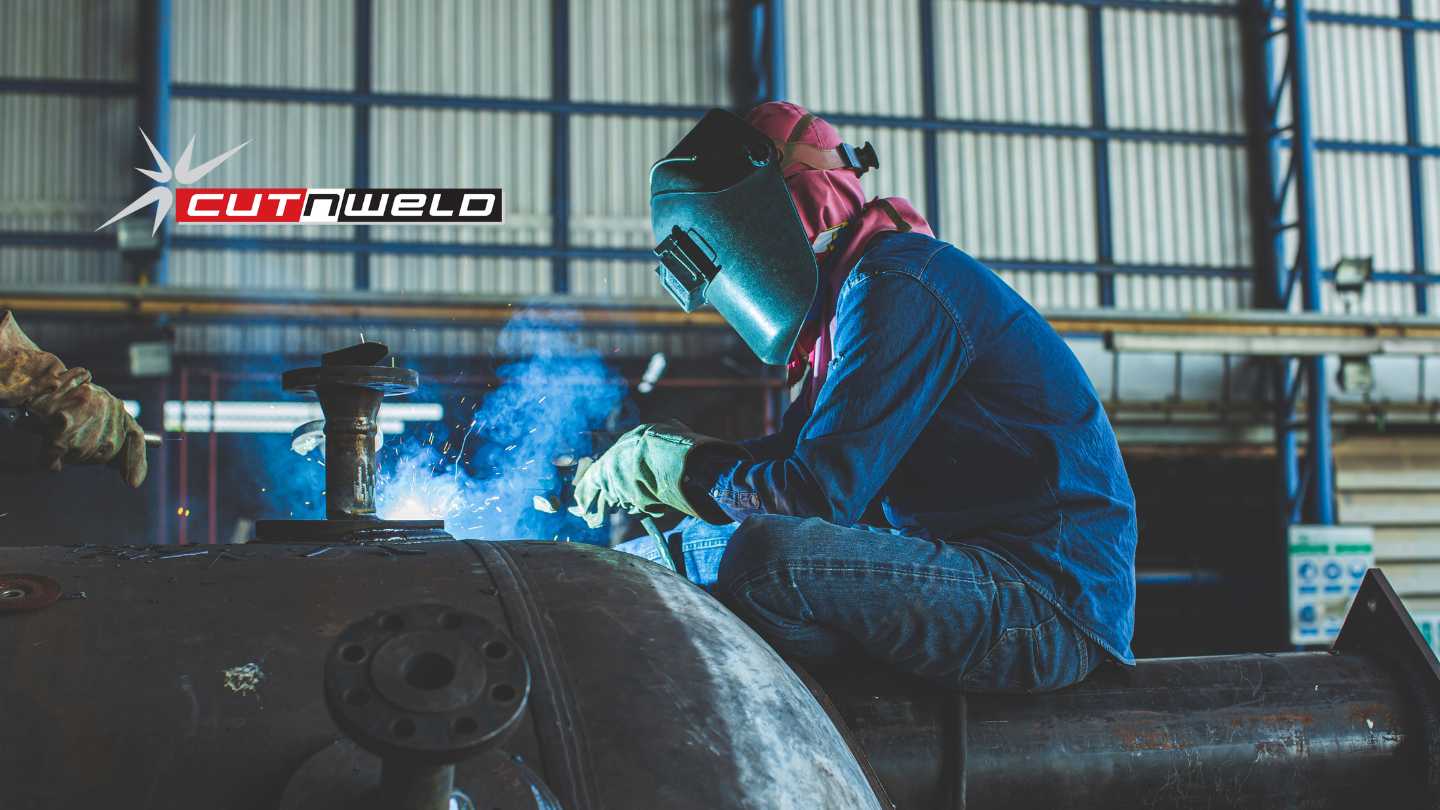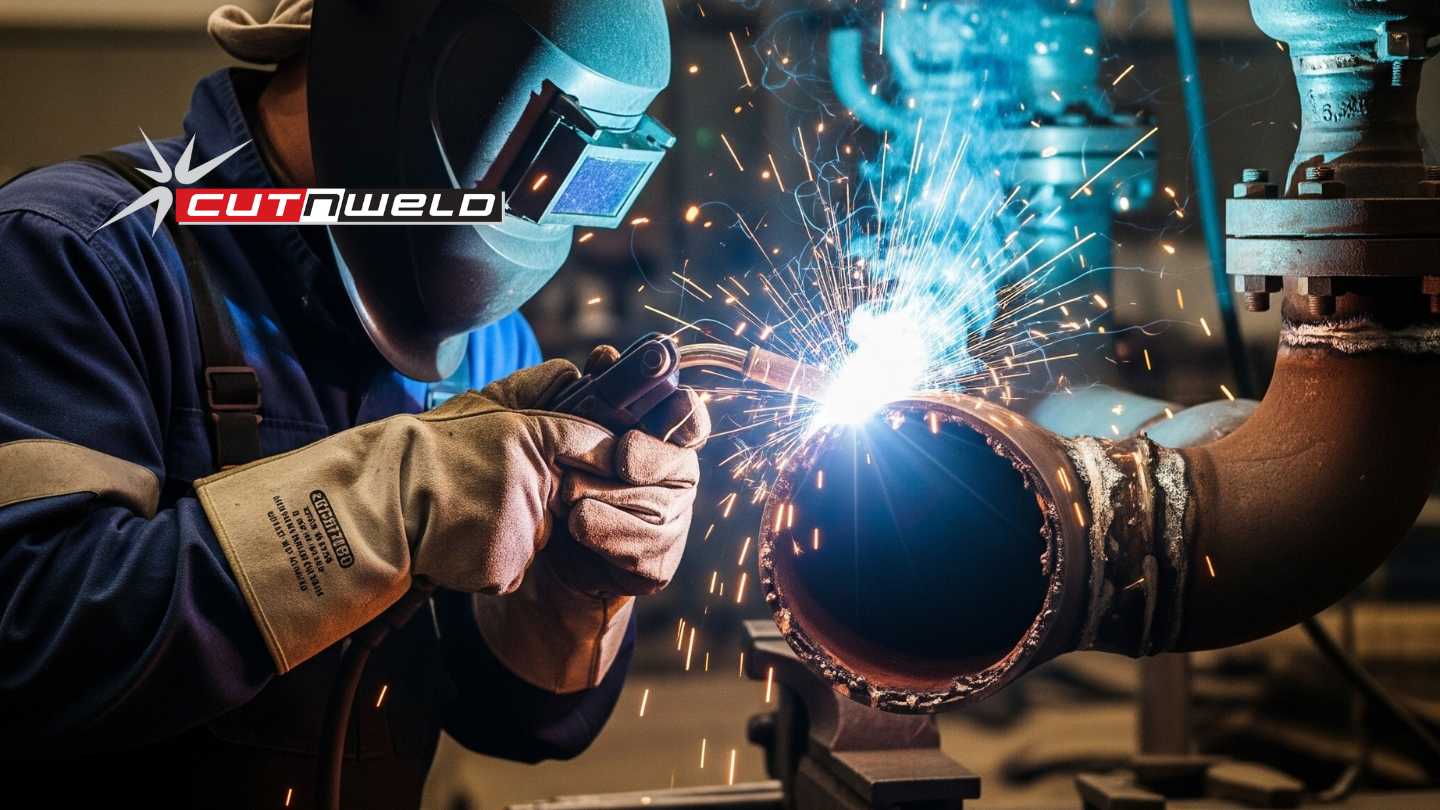
Different Types of Nozzles Used for Cutting Torches
The right cutting torch nozzles are not just accessories; they are fundamental tools that impact the quality, efficiency, and safety of your work.
No products in the Quote Basket.
No products in the Quote Basket.

Welding is both an art and a science, requiring precision, knowledge, and skill. One critical factor that determines the quality of a weld is the selection of welding consumables and gas combinations. The interplay between these components significantly influences the weld’s strength, appearance, and overall integrity. In this article, we’ll delve into the science behind gas rod selection and gas combinations, providing insights to help you achieve optimal welding results.
Shielding gases protect the weld pool from atmospheric contamination, such as oxygen, nitrogen, and hydrogen, which can cause defects like porosity, weak welds, or excessive spatter. The type of shielding gas you choose depends on the welding process, material, and desired outcome.
Gas | Application | Key Benefits |
|---|---|---|
Argon | TIG/MIG welding aluminium and stainless steel | Provides excellent arc stability, clean welds, and minimal spatter. |
Carbon Dioxide | MIG welding, especially for thick materials | Affordable, offers deep penetration but can produce more spatter. |
Helium | TIG/MIG welding, often in mixes | Enhances heat input, ideal for thicker materials and increasing travel speed. |
Oxygen | Added in small amounts to argon or CO2 | Improves weld pool fluidity and penetration, especially for stainless steel. |
Selecting the correct shielding gas ensures better weld quality and reduces the likelihood of defects, making it essential to choose based on your material and process.

Welding consumables (TIG rods and MIG wires) play a pivotal role in ensuring a strong and durable weld. Choosing the right gas welding rod involves considering factors like the base material, the welding process, and the desired weld characteristics.

Achieving optimal welding results isn’t just about choosing the right gas or welding consumable in isolation, it’s about how these two components work together. Below is a table illustrating how different gas and rod combinations influence weld quality.
Base Material | Shielding Gas | Result |
Mild Steel | CO2 or CO2-argon mix | Deep penetration and strong welds are ideal for structural applications. |
Stainless Steel | Argon-oxygen mix (1-5% oxygen) | Improved fluidity, corrosion resistance, and aesthetically pleasing welds. |
Aluminum | Pure argon or argon-helium mix | Stable arc, lightweight yet strong welds. |
Thick Materials | Argon-helium mix (50-75% helium) | Deeper penetration and high tensile strength for structural applications. |

Mastering the mix of gas and gas welding rod selection is crucial for achieving high-quality welds. By understanding the science behind their interaction and tailoring your choices to the specific material, welding process, and project requirements, you can elevate your welding game. Whether you’re working on delicate stainless steel or robust structural steel, the right combination can make all the difference.
At Cut-N-Weld, we’re passionate about empowering welders with the knowledge and tools they need to succeed. Contact us for expert advice, high-quality welding supplies, and the latest innovations in welding technology. Let’s help you create stronger, better welds every time!

The right cutting torch nozzles are not just accessories; they are fundamental tools that impact the quality, efficiency, and safety of your work.

Laser art welding isn’t just functional, it’s an art. Precision, detail, and creativity combine to turn metalwork into true expression.

Recognising welding machine repair signs early is the key to preventing a small issue from becoming a major overhaul.